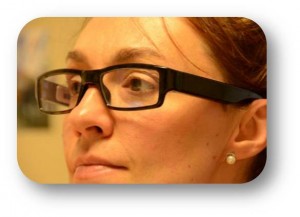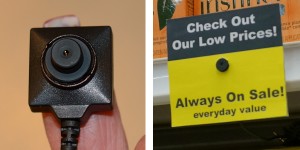Report from the Amazon and Walmart war – the secret to success in the new battleground.
Let’s face it: It’s time to stop focusing on what you want your consumers to see and time to start focusing on what actually engages them in the real world. Your Consumers’ Perceptions – not your own – are your brand’s reality.
Enough of the ancient metrics to measure performance!
In today’s world, why focus on unaided brand recall, tagline playback, and illustration recognition? With today’s e-commerce shoppers, nearly all brands are present before them. What do they see in your brand that engages them and separates you from your competition?
Recalling your ad or your tagline doesn’t mean consumers will buy your product. Seeing your product on the shelf is worthless if it stays on shelf. You need to generate positive engagement if you want to convert consumers. Our studies have found that an engaging e-commerce package presentation can increase its purchase by as much as 40 percent!
Seeing is not enough; you need engagement!
Had enough of paying for endcap headers that aren’t seen, POSM materials that are ignored, and free-standing displays that aren’t restocked? PTG’s nondescript truVu glasses have revealed that while certain display elements engage shoppers, most are noted, but promptly ignored. In fact, too often consumers can’t even recall why they purchased one brand over another.
Our data has shown that spring-loaded product displays discourage over 25 percent of shoppers from picking up and considering the product, simply because they don’t want the bother of having to put the packaging back! On the other hand, we’ve found that samplers and immediate tie-in discounts nearly double shopper engagement.
Measure ad engagement, not GRPs!
Have you wondered why traditional commercial skipping rates haven’t climbed? The answer is simple—because millennials and Gen-Xers don’t even bother with the remote control. They go straight to their smartphones when forced commercial breaks appear. However, over 92 percent of them will skip ad pre-rolls when given the opportunity. Their attention span for advertising hovers around six seconds. If you haven’t engaged them by then, they’re lost, as are your ad dollars…
Stop pretending the world is perfect!
Most package testing research is simply unrealistic. Using ideal planograms, perfectly aligned product placement, and exposures with all labels clearly on display is just not how it appears in the real world. And with the test product placed in the center of the display, at eye level, and with full SKU counts?!
We’ve found that these planogram displays can seriously mislead clients and give them a false impression as to what they can expect in the real world of shopping. Only engaging packages can compete in cluttered environments, with incomplete SKU displays and placed in unfavorable shelf locations.
Knowing what really engages shoppers in real-world environments can stretch your marketing dollars multifold! Ignoring real-world consumer shifts can result in significant loss in market share. The choice is yours.
I can be reached at 201.569.4800 or dan.morris@pretesting.com.

